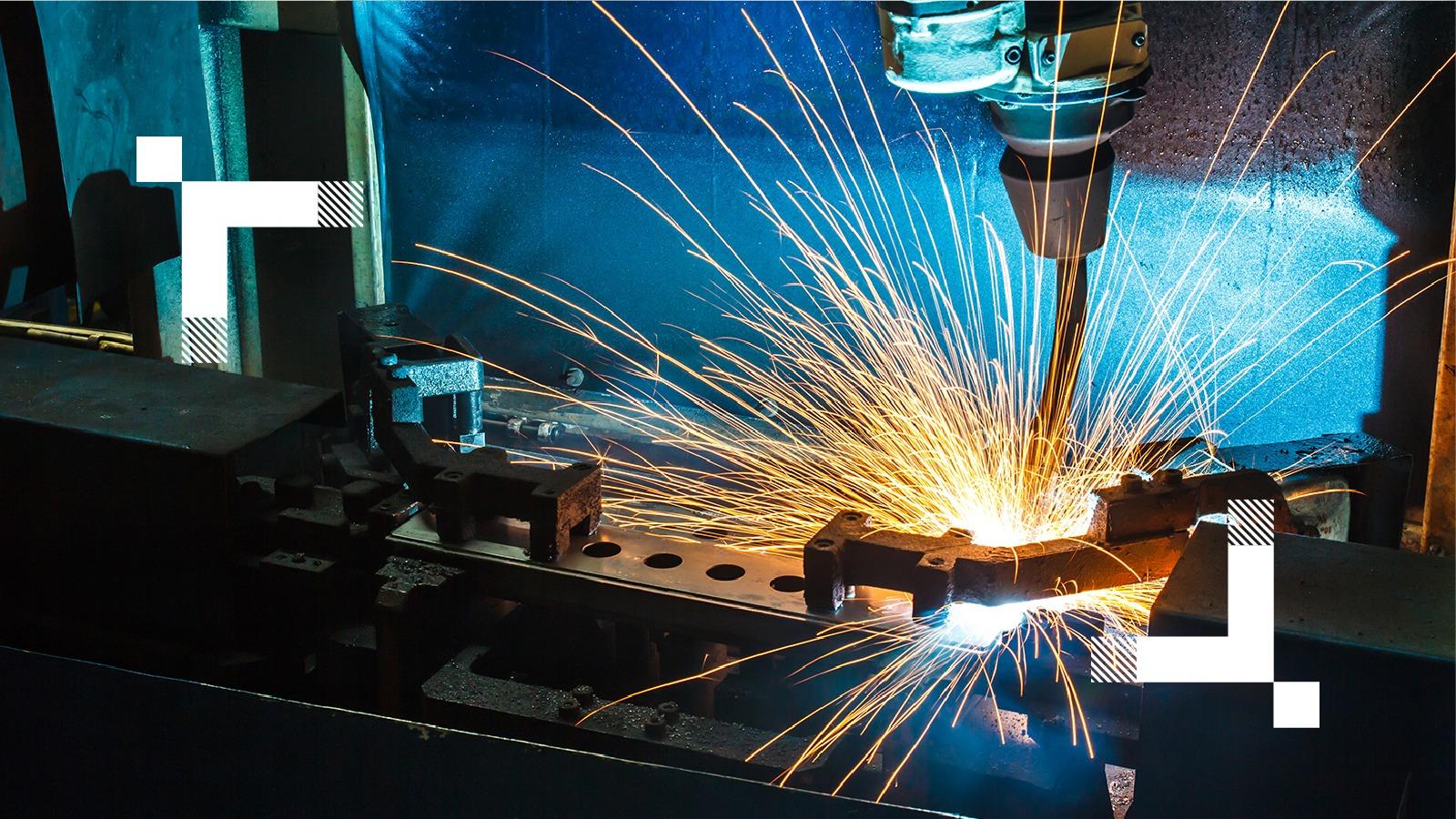The M&A outlook for industrials and services (I&S) in 2025 is a story of growth, with deals activity likely to stem both from successful companies looking to boost growth and from struggling ones looking for solutions.
One overarching theme is that companies are focusing on acquisitions and investments in energy transition and services related to it. They are also acquiring new technologies and digital capabilities to stay competitive and expand market presence, with a particular emphasis on AI, automation and digital transformation—a key focus for companies across I&S subsectors. M&A activity will nonetheless play out differently by subsector, as follows:
- Business services deal activity is expected to increase significantly because this sector provides sought-after services that provide stable, steady cash flow, as well as consolidation opportunities.
- Deal activity in aerospace and defence (A&D) is increasing as the tourism market grows and defence budgets expand in response to global conflicts.
- The engineering and construction (E&C) and industrial manufacturing subsectors expect stable to increased deal activity driven by energy transition and related services, as well as a push to maximise efficiency through adoption and deployment of technologies including automation, robotics and AI.
- The automotive subsector is also expecting deal activity to increase, although this will be driven by capacity rationalisation and restructuring by both original equipment manufacturers (OEMs) and suppliers. Deal activity focused on the electric vehicle (EV) market will continue, especially with respect to the services and infrastructure surrounding such vehicles, but in a focused and targeted manner given slowing trends.
CEOs are more confident about the M&A outlook than they have been over the past few years. M&A is an attractive option as they actively review portfolios and consider carve-outs and divestitures that would enable them to focus on core strategic growth areas, profitability and capital allocation. Companies are taking action to divest non-core or underperforming assets and reallocate capital resources to more profitable or growth-oriented areas. Following GE’s split into three public companies in 2024, and amid a broader trend toward spin-offs, we see a strong likelihood that other significant conglomerate break-ups in I&S will be announced in 2025.
Source: PwC’s 28th Annual Global CEO Survey, January 2025
The percentage of I&S CEOs planning to make an acquisition is marginally up from 79% last year, according to our latest CEO survey. Now that the big global election year of 2024 is behind us and inflationary pressures are easing, we expect deal activity to pick up in the near term.
Across the globe, there is a rising tone of protectionism in dealmaking and strategic alignment. Companies face the prospect of new tariffs and risk management issues in the supply chain—which already have led some companies to limit the geographic reach of their supply chains or nearshore some operations.
Source: PwC’s 28th Annual Global CEO Survey, January 2025
This geopolitical environment is leading dealmakers to focus on domestic M&A opportunities and may limit global expansion and international deal activity. The picture varies by region. In the United States, optimism is strong in part because of the decline in interest rates at the end of 2024 (although the trend is expected to slow in 2025) and easing inflationary pressure, both of which are creating more favourable economic conditions for M&A. Shifts in US regulatory and antitrust policies are expected to influence a greater number of larger, transformative deals, particularly in A&D and industrial manufacturing. In some European and Asian markets, uncertainty about growth, inflation and interest rate expectations persists. This is affecting buyer confidence and sustaining the valuation gap between buyers and sellers. Alternative financing (such as private capital) and structuring approaches (such as earnouts, partnerships and joint ventures) are being used more often to address risk, financing and valuation concerns.
Private equity (PE) is expected to play a role in increasing M&A activity, with substantial ‘dry powder’ ready to be deployed as financing difficulties ease. Examples of where PE is becoming more active include the construction sector, where small to medium-sized companies affected by macro- and microeconomic conditions are being consolidated, and automotive suppliers, where ‘roll-up’ consolidation opportunities exist in the current difficult market. Consolidations such as these create opportunities for a PE platform to align M&A opportunities with strategic objectives and leverage scale, leading to value creation and sustained outcomes.
‘I&S deal activity is coming back in 2025 with a roar, driven by improved macroeconomic conditions; the energy transition; roll-up and exit strategies; large, transformational approaches; and restructuring and realignment mandates—all through a global and domestic risk lens.’
Michelle Ritchie,Global Industrials and Services Deals Leader, PwC USM&A volumes and values in 2024
Deal volumes and values in industrials and services decreased by 15% and 3%, respectively, between 2023 and 2024 but remain at approximately pre-pandemic levels. The continued decrease in M&A activity is attributable to the macroeconomic and geopolitical environment, which continues to present challenges for dealmakers.
Regional performance varied, with deal volumes down 19% in Europe, the Middle East and Africa (EMEA); 17% in the Americas; and 9% in Asia Pacific. In Asia Pacific, India had an increase in deal volumes of 9%, and in China, although deal volumes decreased by 10%, there are indications that deals activity may be stabilising following three years of decreasing deal volumes. Deal values told a different story, with the Americas up 27% and with EMEA and Asia Pacific down by 20% and 17%, respectively. The regional variation was primarily because of megadeal (deals greater than $5bn) activity, with the Americas having six megadeals in 2024 compared with four in 2023.
Performance also varied across sectors. Deal volumes decreased between 2023 and 2024 across all sectors but to a different extent: aerospace and defence (A&D) by -35%; automotive by –18%; the usually more resilient business services sector by –18%; industrial manufacturing by –14% and engineering and construction by –8%. Deal values decreased in three sectors (automotive, business services and industrial manufacturing) and increased in two (A&D and engineering and construction) over the same period.
In the sector spotlights below, we outline the trends we expect to drive M&A activity in A&D, automotive, business services, engineering and construction, and industrial manufacturing in 2025.
Sector M&A trends in industrials and services
Explore our local M&A Trends in Industrials and Services Sectors from the following countries or regions:
Günther Reiter




